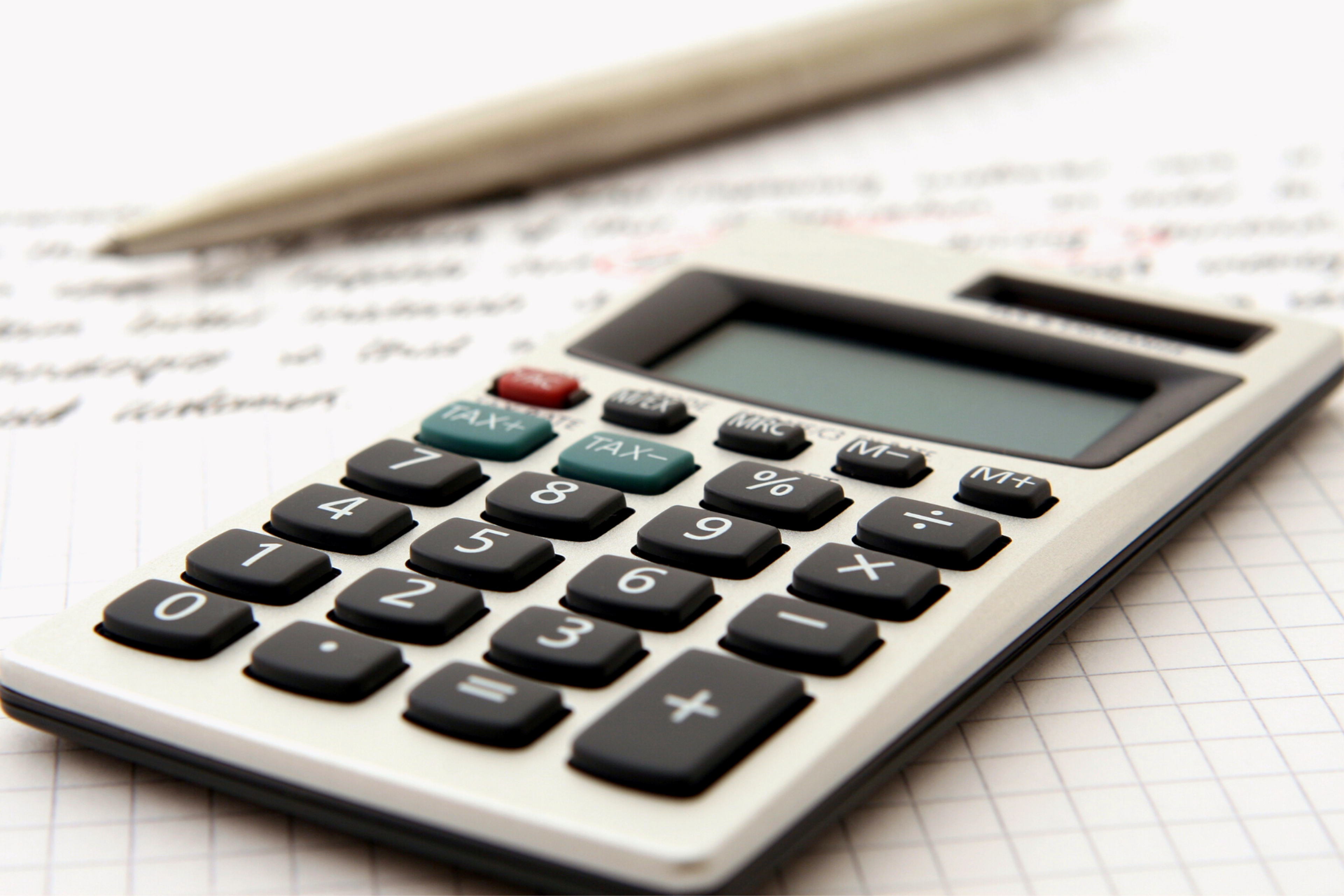
Table of Contents
Free Event

Featuring Jennifer P.
How to Bounce Back from a Low GMAT score
Starting Tuesday, April 29
4:00 PM UTC · 60 minutes

Featuring Jennifer P.
If you are planning to take the GMAT, then you are likely aware of the difficulty that comes with the Quantitative Section. This section assesses your math skills and your ability to apply them to real-life business scenarios. One of the question types that test takers encounter in GMAT Quantitative Section is the Problem-Solving question. In this article, we will be discussing ways of solving problem-solving questions in the GMAT Quantitative section.
Understanding the Structure of GMAT Quantitative Section
Before we dive into solving problem-solving questions, let's have a quick overview of the GMAT Quantitative section's structure. You will have 62 minutes to answer 31 multiple-choice questions. The questions are divided into two categories: Problem-Solving and Data Sufficiency. The Problem-Solving questions present a real-life scenario and ask you to solve a problem using your math skills.
The Data Sufficiency questions, on the other hand, present a scenario and ask you to determine whether the given information is sufficient to answer the question or not. These questions are designed to test your ability to analyze and interpret data, rather than just solving problems. It is important to note that both types of questions carry equal weightage in the GMAT Quantitative section, so it is essential to prepare for both types of questions equally.
Tips and Tricks for Tackling GMAT Quantitative Questions
One of the keys to success in the GMAT Quantitative section is to have a solid understanding of the math concepts tested on the exam. This includes integers, algebra, geometry, probability, and statistics. You can find a comprehensive list of concepts tested in this section in the GMAT Official Guide. Additionally, it's essential to practice solving questions, so you get comfortable using the concepts in a timed setting.
Another important tip for tackling GMAT Quantitative questions is to read the questions carefully and identify what is being asked. Many questions are designed to test your ability to interpret data and apply mathematical concepts to real-world scenarios. Therefore, it's crucial to understand the context of the question and identify the relevant information before attempting to solve it.
Finally, it's essential to manage your time effectively during the GMAT Quantitative section. The section consists of 31 multiple-choice questions that you must complete in 62 minutes. This means you have an average of two minutes per question. Therefore, it's crucial to pace yourself and not spend too much time on any one question. If you're unsure about a question, make an educated guess and move on to the next one. You can always come back to it later if you have time.
Identifying Common Mistakes in GMAT Quantitative Section
One common mistake test-takers make is to overcomplicate the questions given poor time management skills. The GMAT does not test complex math concepts, but rather it checks if you can apply simple math skills to solve business problems. Another mistake that GMAT test-takers make is to rush through the questions. You should avoid this mistake by reading the question carefully and understanding what is being asked before rushing to answer.
Another common mistake that GMAT test-takers make is to rely too heavily on calculators. While calculators are allowed on the GMAT, they should only be used for basic calculations. Relying too much on calculators can slow you down and lead to errors. It is important to practice mental math skills to improve your speed and accuracy.
Additionally, some test-takers make the mistake of not reviewing their work. It is important to double-check your answers and make sure you have not made any careless mistakes. This can be done by going back through the questions and checking your calculations or by plugging your answer back into the original problem to ensure it is correct.
Developing a Strategy for Solving Problem-Solving Questions in GMAT
Developing a strategy for solving problem-solving questions is crucial to perform well in the GMAT Quantitative section. A good strategy includes identifying the question type, breaking down the question into steps, and using the process of elimination to arrive at the correct answer. Additionally, an efficient approach entails solving the easier questions first and allocating more time to challenging questions.
Another important aspect of developing a strategy for solving problem-solving questions in GMAT is to practice regularly. Practicing regularly helps in identifying the areas where you need improvement and also helps in building speed and accuracy. It is recommended to solve a variety of questions from different sources to get a better understanding of the question types and to be prepared for any surprises on the test day. Moreover, taking timed practice tests can help in simulating the actual test environment and in managing time effectively during the test.
Importance of Time Management in GMAT Quantitative Section
Effective time management in the GMAT Quantitative section is necessary as you have 62 minutes to answer 31 questions. Ensure that you allocate more time to the challenging questions and leave the easy ones for the last. If a question seems too time-consuming, skip it and come back to it later. Remember, a wrong answer costs you more points than leaving a question unanswered.
Another important aspect of time management in the GMAT Quantitative section is to practice with timed mock tests. This will help you get accustomed to the time pressure and develop a strategy to tackle the questions within the given time frame. Additionally, it is essential to stay calm and composed during the exam and not panic if you feel you are running out of time. This can lead to mistakes and negatively impact your score.
Furthermore, time management is not just about answering questions quickly but also about using your time efficiently. Make sure to read the questions carefully and understand what is being asked before attempting to solve them. This will help you avoid making careless mistakes and save time in the long run. Also, avoid spending too much time on one question and move on to the next if you are unsure about the answer.
Enhancing Problem-Solving Skills through Practice Tests
The best way to increase your problem-solving skills in the GMAT Quantitative section is through practice tests. There are several GMAT practice tests and prep materials available online that you can use to simulate the actual test experience. Practice tests also give you an idea of your strengths and weaknesses, allowing you to work on areas that need improvement.
Utilizing Online Resources to Ace GMAT Quantitative Questions
Online resources are an excellent way to supplement your GMAT preparation. You can find several websites, blogs, and forums that provide tips and tricks for solving GMAT Quantitative questions. Also, there are online calculators that can help speed up your calculations, allowing you to solve the problems even faster.
Improving Speed and Accuracy in Solving GMAT Quantitative Questions
In GMAT Quantitative, it's essential to strike a balance between speed and accuracy. To improve your speed, practice solving questions under timed conditions. To increase accuracy, review your answers and look for consistent mistakes. Additionally, you should eliminate common answer choices like zero, one, negative numbers, and decimals since they are often incorrect.
Analyzing and Interpreting Data in GMAT Quantitative Section
Problem-Solving questions in the GMAT Quantitative section often require you to analyze and interpret data. It's essential to read the question carefully and understand what is being asked. If there is a graph or chart that accompanies the question, study it and use it to arrive at the correct answer.
Understanding the Different Question Types in GMAT Quantitative
There are different types of questions in the GMAT Quantitative section, ranging from arithmetic to statistics. You should familiarize yourself with the different types of questions and learn the best approach to solving them. This way, you will know what to expect on test day and be adequately prepared.
Effective Approaches for Solving Challenging GMAT Quantitative Questions
Sometimes, you will encounter challenging questions that require more time and effort to solve. In such cases, breaking down the problem into smaller steps can be helpful. Also, consider using the process of elimination, and look for patterns or shortcuts that can speed up your calculations.
Importance of Confidence and Calmness During the Exam
Finally, it's crucial to stay calm and confident during the exam. Remember that the GMAT tests your ability to apply basic math skills to solve business problems. Trust your preparation and take the time to read and understand the questions before answering. If you encounter challenging questions, take a deep breath and move on to the next question.
Reviewing the Basics: Essential Math Concepts for the GMAT Quantitative Section
It's essential to review the basics of math concepts tested on the GMAT Quantitative section. These include integers, algebra, geometry, probability, and statistics. Understanding the fundamental concepts and their application in real-life situations can help you solve the questions faster and with more accuracy.
Tips for Overcoming Anxiety and Stress During the Exam
Lastly, test anxiety is a common problem that many test-takers face. To overcome anxiety, ensure that you get adequate sleep and rest before the test day. Take deep breaths to calm your nerves and avoid rushing through the questions. Remember, the GMAT is just one part of the overall evaluation process. Determine your desired score and approach the exam with a positive and confident mindset.
In conclusion, solving problem-solving questions in the GMAT Quantitative section requires practice, strategy, and time management. Utilize online resources, practice tests, and review the basics of math concepts tested on the exam. With the right preparation, mindset, and confidence, you can ace the GMAT Quantitative section and achieve your desired score.











